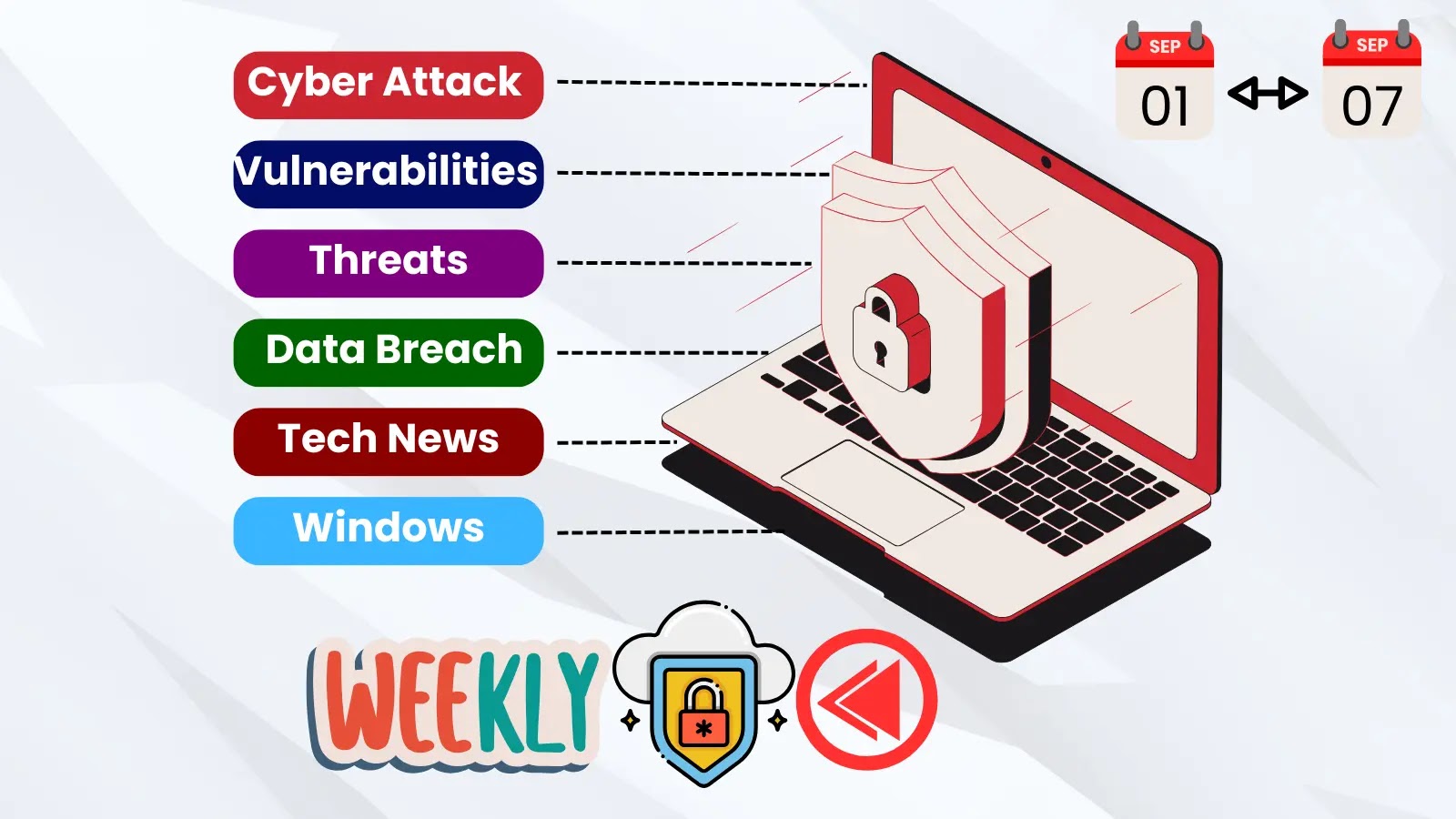
Weekly Cybersecurity News Recap : Tenable, Qualys, Workday Data Breaches and Security Updates
This week’s cybersecurity news delivers a stark reminder of the interconnected vulnerabilities inherent in our digital infrastructure. Even industry leaders dedicated to security are not immune, as evidenced by recent data breaches impacting Tenable, Qualys, and Workday. These incidents didn’t just appear out of nowhere; they underscore a pervasive risk within the digital supply chain, originating from a single, critical security flaw in a widely used third-party service. Understanding these events and their implications is crucial for every organization looking to fortify its defenses.
The Shared Vulnerability: A Supply Chain Ripple Effect
The common thread linking the breaches at Tenable, Qualys, and Workday points to a significant security flaw within a third-party service. While the specific third-party provider and the exact nature of the vulnerability aren’t explicitly detailed in the source, the pattern is clear: a single point of failure in a shared component can trigger a cascade of compromises across multiple organizations. This highlights the critical importance of vetting every link in a software supply chain, from the smallest utility to comprehensive enterprise solutions.
- Digital Supply Chain Risk: Modern businesses rely on a complex ecosystem of third-party vendors and services. A vulnerability in any one of these can become an entry point for attackers targeting client organizations.
- Impact on Security Giants: The fact that companies like Tenable and Qualys, pillars of vulnerability management, were affected, emphasizes that no entity is truly immune when a widely adopted service is compromised.
Tenable and Qualys: Vulnerability Management Vendors Under Attack
The news that Tenable and Qualys experienced data breaches sends a particular shiver down the spine of the cybersecurity community. These companies are trusted for their platforms that help organizations identify and manage vulnerabilities. While specific details on the extent of their breaches are pending or not fully disclosed in the initial report, the implications are significant:
- Customer Data at Risk: Any breach affecting a vulnerability management vendor could potentially expose sensitive information about their customers’ IT environments, including discovered vulnerabilities, asset inventories, or user credentials.
- Reputational Damage: For companies whose core business is security, a breach can severely erode trust, making it harder for them to assure customers of their own security posture.
Workday Data Breach: Enterprise Software Provider Affected
Workday, a leading provider of cloud-based human capital management (HCM) and financial management software, also disclosed a data breach stemming from the same shared third-party service flaw. This is particularly concerning given the sensitive nature of the data Workday typically handles:
- Human Capital Management Data: Employee personal details, payroll information, performance reviews, and other highly confidential HR data could be exposed.
- Financial Data: Depending on the modules in use, financial records, transaction data, and other critical business information might also be at risk.
Remediation Actions and Proactive Security Measures
While the specific details of the vulnerability are not provided, the general nature of a third-party supply chain attack necessitates robust mitigation strategies. Organizations should take the following actions:
- Immediate Review of Third-Party Integrations: Auditors should immediately review all third-party services and software integrated into their systems. Understand what data these services access and what security measures they have in place.
- Patch Management: Ensure all systems and applications are consistently updated with the latest security patches. This includes operating systems, enterprise software, and third-party libraries.
- Principle of Least Privilege: Limit the permissions granted to third-party services and applications to only what is absolutely necessary for their function.
- Network Segmentation: Isolate critical systems and sensitive data using network segmentation to limit the lateral movement of attackers if a breach occurs.
- Security Audits and Penetration Testing: Regularly conduct independent security audits and penetration tests on your systems, including assessments of third-party components and their interactions.
- Multi-Factor Authentication (MFA): Enforce MFA across all accounts, especially for access to critical systems and third-party applications, to prevent unauthorized access even if credentials are compromised.
- Incident Response Plan: Develop and regularly test a comprehensive incident response plan. This plan should include procedures for identifying, containing, eradicating, and recovering from breaches, explicitly addressing third-party compromises.
Key Takeaways: Fortifying Your Digital Foundation
The recent breaches affecting Tenable, Qualys, and Workday serve as a powerful testament to the intricate and often overlooked risks within the digital supply chain. Organizations must move beyond securing their immediate perimeter and extend their vigilance to every component and vendor in their ecosystem. Proactive measures, continuous monitoring, and a robust incident response strategy are not just best practices; they are essential for survival in an increasingly interconnected and threat-laden digital landscape. Prioritizing supply chain security, understanding inherent risks, and swiftly patching vulnerabilities are non-negotiable for maintaining trust and operational integrity.





